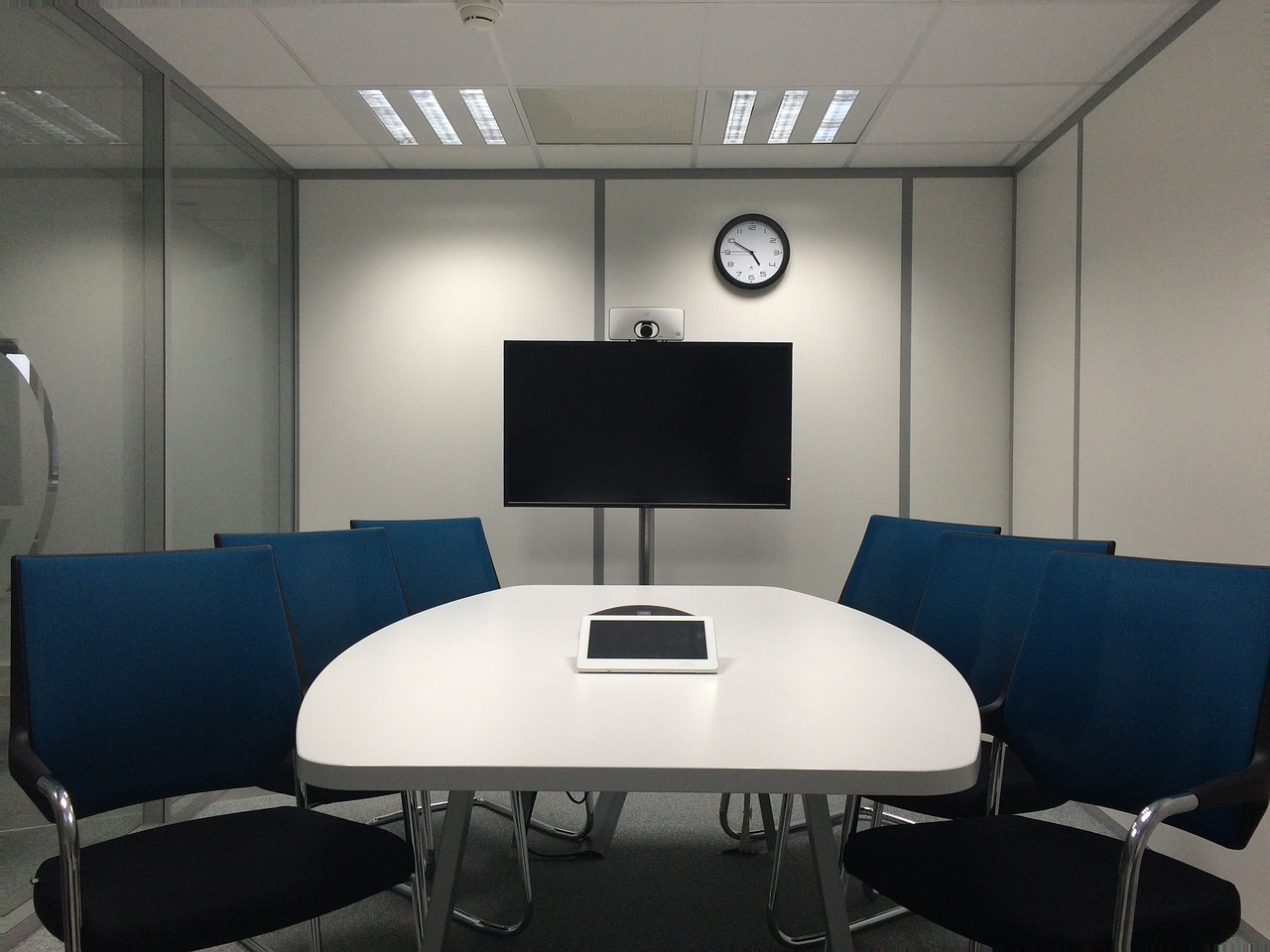Digital technology has changed a lot about how businesses operate, and law firms are no exception.
As we mentioned in our post on the value of face-to-face meetings in a digital world, new virtual meeting tools are making traditional meetings increasingly obsolete. This has special repercussions for the legal industry, which traditionally relied on face-to-face, in-person conversations for standard business meetings and official legal proceedings.
Modern lawyers and firms are now able to leverage tools that were built specifically to streamline these face-to-face meetings.
They minimize the time and effort that legal firms and their partners have to spend communicating and traveling.
Lawyers, of course, need to vet any video tools carefully, because there may be restrictions on their use that varies by state.
However, as long as programs are vetted and used properly, there’s no reason why lawyers can’t take advantage of these new and continually advancing communications tools to improve their own quality of life, bill more hours, or pass reduced costs onto their clients — all of which can be hugely beneficial to a firm.
Here are a few of the ways lawyers and legal firms are leveraging new virtual meeting technology.
Client Communications
Perhaps the most common way virtual meetings are changing the legal field is the same way they’ve changed other businesses: Making it easy to instantly communicate “face to face” with their clients and potential partners.
In fact, video has special advantages when it comes to the extra confidentiality that lawyers typically require.

In the past, remote meeting needs have been served by phone conferencing without video. But audio-only calls have a few security flaws. For example, you can’t see who has beeped in to any given group conference call? You also don’t know whether the person you’re conversing with is discussing confidential matters from a coffee shop or a crowded train. And there’s the infamous mute button: we’ve all heard of an instance where someone thought they were on mute but they really weren’t. Yikes!
In many cases, at least one face-to-face meeting is really helpful to kick off a remote partnership, whether it’s with a client, vendor, contractor, or other business partner. But if you aren’t able to spend the time and money on travel to make that happen, videoconferencing is a great option. Video calls feel more like real-life meetings than an audio-only calls, and they can give you a better sense of the person’s nonverbal communication cues.
Internal Communications
Videoconferencing also has plenty of benefits for internal communication within a firm. It can be especially useful to keep associates in the loop when they’re traveling, and it’s becoming an essential tool for bigger firms that operate in various locations across the country or even the world.
The videoconferencing company Lifesize notes that one of their clients, a major law firm with 375 lawyers spread out across eight states, has videoconferencing units in each of its 17 offices. The hope is that easy access to videoconferencing will encourage employees to collaborate more often and more easily despite the distance between them.
Remote Legal Proceedings
The use of videoconferencing in the legal field goes beyond internal staff meetings and business-related communications. It can also expedite legal tasks such as arraignments, depositions, and witness testimonies.
Arraignments
It doesn’t take long for people to be formally charged in court and officially enter their response to those charges. In fact, sometimes arraignments take just a matter of minutes.
However, clients often find themselves waiting in court for hours for their turn to be arraigned because of the way arraignments are scheduled.
Using secure video conferencing for these arraignments can be a good way to save time for everyone involved.
The benefits of arraignments by video gets even more pronounced when the defendants are currently in custody. Transporting these defendants to the courthouse for their arraignments is extremely expensive. Sometimes the defendants and their security detail must travel significant distances on the taxpayer’s dime. It’s also risky, as people may try to escape during transport.
This article in Workspace Today sums up how it can work:
“Each inmate, his or her attorney, the prosecutor and guards will gather in front of a video conferencing camera and monitor located in a room at the jail facility. This videoconferencing system will then connect everyone to a courtroom in which they will appear before a judge. All participants will be able to see, hear and speak with each other. These proceedings also remain public as the people in the courtroom will be able to see and listen to the participants on the monitor in the jail facility.”
Depositions and Witness Testimonies
Collecting depositions from key witnesses is another common way for legal firms and their clients to quickly rack up tons of travel expenses — expenses that can be eliminated with the right technology.
In addition to saving money and time on travel, collecting testimony by video may increase the ability of lawyers to get the best witnesses for their cases. It makes sense that certain witnesses who aren’t willing to take the time to travel for a trial may be willing to give video testimony.
There are entire companies dedicated to facilitating these video depositions. Some of them provide professionals to handle the videography and hardware, setting up high-quality cameras and microphones on site. Others offer software tools that were developed specifically to handle video depositions.
As this article from The American Bar Association explains, specialty video deposition software allows lawyers to “securely store real-time transcription and video of their proceedings in a centralized, electronic repository for later retrieval and review.” They also come equipped with tools that allow them to annotate and index footage and make those notes searchable, which can make it much easier for them to research their cases.
Some video tools even allow attorneys or other parties to the case to participate in these types of legal proceedings live, or at least watch it in real time.
The field of video depositions is one that could continue to be disrupted, according to this article from Above the Law. Attorney Jeff Bennion writes:
“Much like the taxi industry, which had an advanced knowledge of how to drive to places, and charged people a lot of money for doing that until technology came around and shook up the industry, legal videographers might be in for a little shake-up in the near future.”
Note any Legal Restrictions on Technology for the Courtroom
These new tech tools can save law firms plenty of time and money, but you can’t use just any videoconferencing app to get the job done.
There are rules on local, state, and federal levels about how these programs should be operated and what constitutes an official court record.
The technology also has to reliably produce a clear picture with clear audio, or the results may not be suitable for court use. Security is also of the utmost importance; you need to take every precaution to make sure the videos don’t end up online or in the wrong hands.
However, with the right equipment and tools, virtual meeting tools can be revolutionary for modern law firms.
Virtual meeting tools can be revolutionary for modern law firms. #receptionistapp Click To TweetWhat to read next: Learn how intellectual property law firm Martensen IP created a visitor management policy that prioritized privacy and security. Click here to read the post.
Share this Post

